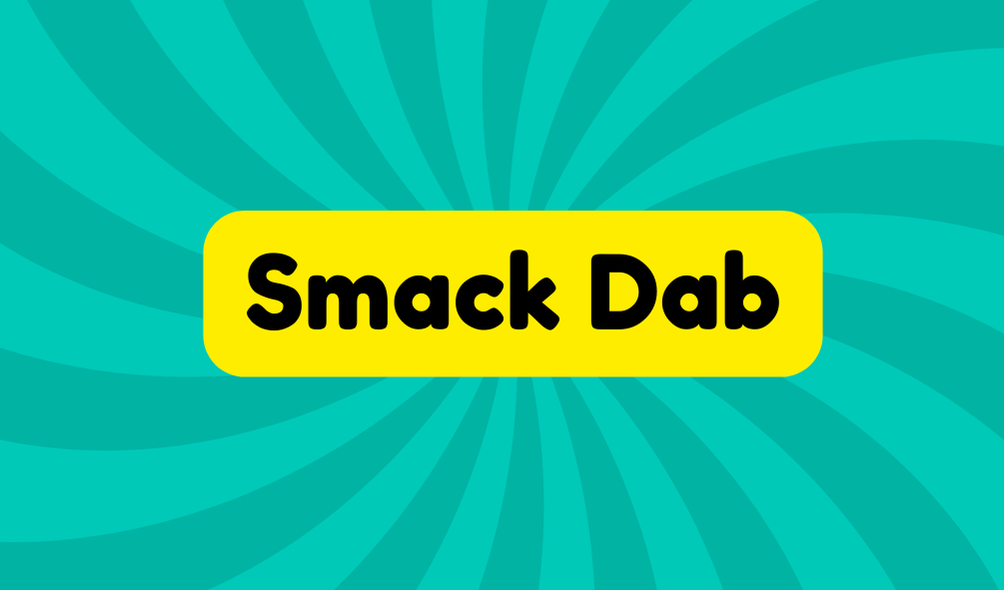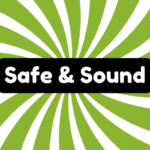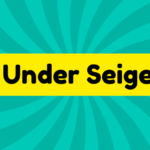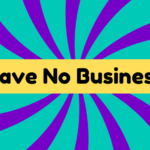The phrase "smack dab" means exactly or right in the center, emphasizing precision in location or situations. It first appeared in American English around 1892, reflecting the culture's preference for directness in communication. For example, one might say, "The ball landed smack dab in my drink." This expression remains relevant as it enhances clarity in everyday language, particularly in complex discussions. However, overusing "smack dab" can lead to monotony. Its effectiveness suggests a thoughtful approach to word choice. For those interested in language evolution, the origins and various applications of this phrase offer further intriguing insights.
Synonyms
When discussing the phrase "smack dab," it is important to recognize its synonyms that convey similar meanings. Understanding these phrase variations can enrich our appreciation of how language evolves, particularly through cultural references. While "smack dab" indicates exactness and placement, the following synonyms adequately encapsulate its essence:
- Exactly
- Precisely
- Right in place
- Dead center
Each of these alternatives emphasizes clarity and can often imply a sense of directness, reflecting the straightforwardness that "smack dab" conveys. It is essential to be aware of context when selecting a synonym, as some may resonate more within specific cultural backgrounds or informal settings. Ultimately, these variations enhance communication, making conversations more engaging.
Example of Sentences
The phrase "smack dab" is often utilized in various contexts to emphasize the precision of location or timing. Its vivid expressions help convey a sense of exactness that enriches casual conversations. Here are some examples showcasing its practical application:
- During the picnic, the ball landed smack dab in my drink.
- The treasure was buried smack dab in the center of the old park.
- We found ourselves smack dab in the middle of a strange dispute.
- The teacher asked us to place our desks smack dab in a circle for better interaction.
These sentences illustrate how "smack dab" enhances language by providing clarity and impact. Its use can create more engaging conversation, encouraging speakers to adopt such colorful expressions for precision.
Origin
Understanding the phrase "smack dab" not only enhances its usage but also sheds light on its intriguing origins. First recorded around the late nineteenth century, specifically in 1892, "smack dab" surfaced in American linguistic circles, pointing to its American English roots. This phrase reflects a significant cultural significance, encapsulating a sentiment of directness and precision. Its evolution signifies regional linguistic adaptation within the United States, distinguishing it from European dialects. While many idiomatic expressions have archaic roots, "smack dab" embodies a vibrant shift towards modern, relatable expressions in communication. This evolution prompts one to reflect on how language continuously adapts, highlighting a curious interplay between tradition and contemporary usage, fostering engaging dialogues that resonate with everyday experiences.
Collocations
Often used in everyday conversation, "smack dab" exhibits a variety of collocations that enhance its expressive power. These phrases tap into specific usage patterns and cultural expressions, making them vivid and memorable. Here are some significant collocations:
- Smack dab in the middle – Emphasizes a central position.
- Smack dab at the crossroads – Indicative of important decision-making moments.
- Smack dab in the thick of it – Suggests being deeply involved in a situation.
- Smack dab right here – Conveys exactness in location.
While "smack dab" infuses language with a playful tone, its overuse can lead to monotony. Critical examination reveals that, despite its charm, reliance on such idioms can sometimes obscure clarity, rather than illuminate meaning.
How to Use in Everyday Language
How can "smack dab" enhance your everyday language? Incorporating smack dab usage in your communication adds a layer of vividness and clarity, making your expressions more engaging. This idiom conveys precision and is particularly effective in casual settings. For example, using smack dab expressions can succinctly highlight your point, such as stating a location or time with confidence. While some may perceive it as overly informal, the charm of "smack dab" lies in its ability to establish relatability in conversation. However, it's important to recognize your audience; in professional contexts, its playful nature might not always align with the tone required. Use it wisely to enrich conversations and foster memorable interactions without compromising professionalism.
Why Is It Still Relevant Today?
The enduring relevance of the phrase "smack dab" lies in its ability to convey clarity and precision in an increasingly complex communication landscape. As language continues to evolve, idiomatic expressions like "smack dab" serve as touchstones, reflecting cultural relevance across generations. In an era marked by rapid innovation, such phrases encapsulate straightforwardness, a quality often lacking in modern discourse. While some may question their place in today's digital communication, these expressions provide a playful contrast to more ambiguous language. "Smack dab" captures an exact location or moment, making it a valuable tool for enhancing clarity. Recognizing the idiomatic evolution leads to a deeper appreciation for how language shapes our understanding of the world around us, inviting us to engage more deeply.
Frequently Asked Questions
Is "Smack Dab" Used Outside of American English?
The phrase "smack dab" is mainly an American English expression. While it occasionally appears in Canadian English, its usage in British English remains minimal, indicating regional variations in idiomatic expressions within English-speaking cultures.
Can the Phrase Be Used in Formal Writing?
While "smack dab" is primarily informal, its vividness may enhance informal contexts. However, in formal writing, opting for synonyms such as "precisely" or "exactly" serves as more suitable alternatives, ensuring professionalism and clarity.
Are There Regional Variations in Using "Smack Dab"?
In the vibrant tapestry of American vernacular, "smack dab" showcases regional dialects and cultural nuances, flourishing chiefly in informal contexts. Its playful nature sparks innovation in expressive communication, appealing to those embracing linguistic creativity within localized settings.
What Emotions Does "Smack Dab" Convey in Conversation?
The phrase "smack dab" conveys emotional intensity and conversational emphasis, enhancing the vividness of expressions. Its informal nature fosters relatability, allowing communicators to convey passion or precision in a compelling manner, thereby enriching conversational engagement.
How Has "Smack Dab" Evolved in Modern Usage?
The evolution of "smack dab" illustrates the dynamic nature of slang evolution, converting from regional colloquialism to a contemporary idiom. Its vibrant imagery continues to enrich modern discourse, reflecting society's ongoing linguistic creativity and innovation.







